
Why does Vaginal Discharge Bleach Underwear?
Vaginal discharge can bleach underwear, meaning it can fade or remove the dye from the fabric. This is normal, but it’s rarely ever acknowledged, never mind discussed or normalized, because we rarely discuss vaginal discharge in a non sophomoric, non punitive way.
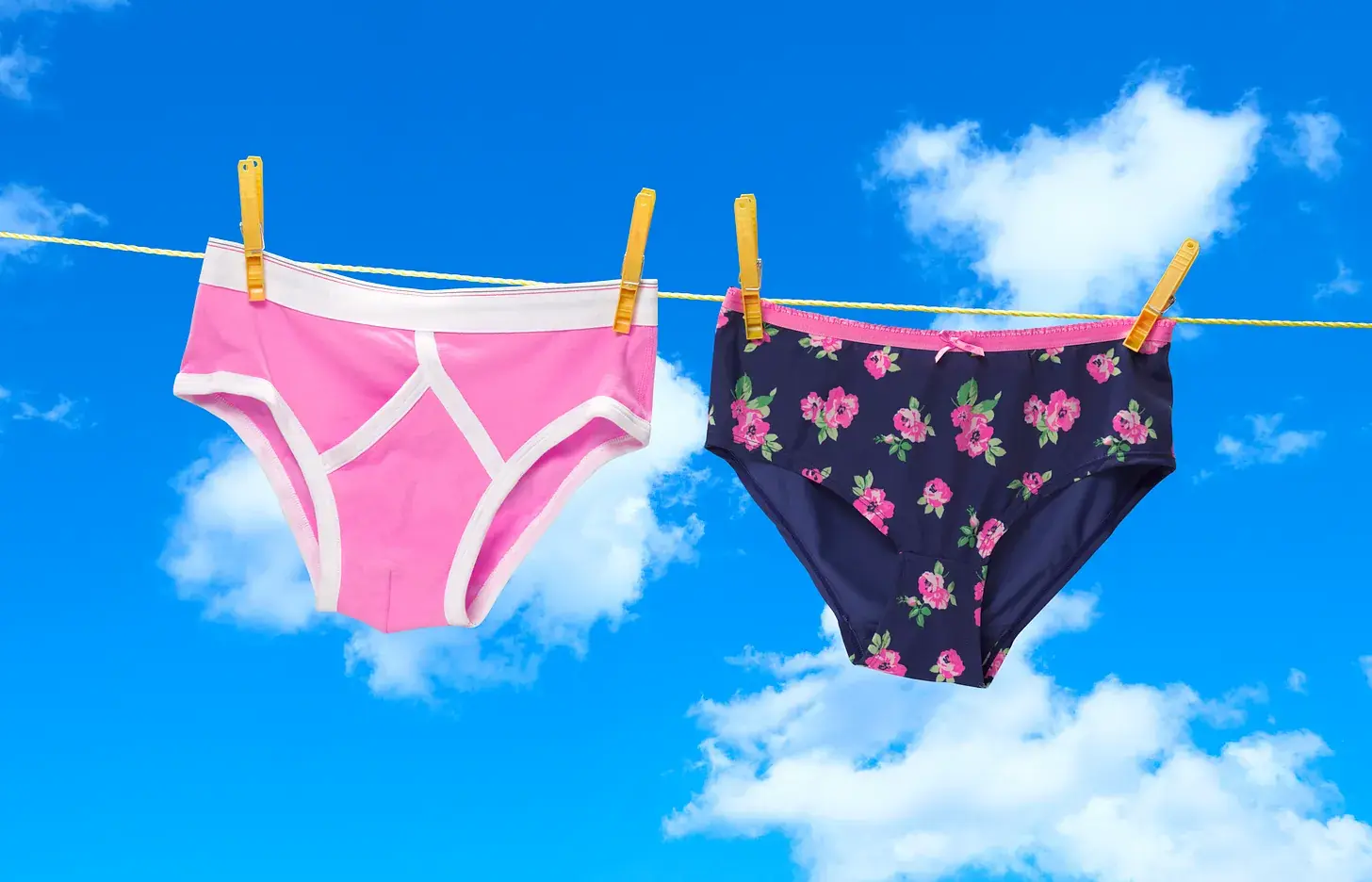
The other day I posted a video on TikTok about vaginal discharge and I did something that I don’t think many people have done before. I showed my own underwear so people could have an idea of what I as a gynecologist who specializes in vaginal infections considers a very typical amount of discharge. You can find the video here and a screenshot below. I made a video several years ago with colored fluid and even made a roux as a mock up to try to show the amount and consistency of vaginal discharge, but for educational purposes nothing beats seeing the real thing. And not just because it’s important to see what discharge on underwear actually looks like, but also to show that underwear with discharge is no big thing (because the idea that it is no big thing is also important).
Hey look, if a gynecologist who specializes in vaginal infections can’t show you discharge then who can?
In the video I didn’t only show my underwear with discharge, I also showed underwear that had been bleached by my discharge. This naturally leads to the question, why does this happen?
I’ve always thought the bleaching was because discharge is acidic, normal vaginal discharge has a pH of 3.8-4.5. But why does an acid bleach fabric? Vaginal discharge also has small amounts of hydrogen peroxide (it’s produced by some lactobacilli), so I wondered if that could be a factor? Discharge also contains bacteria, and I wondered how that might impact dye? And anecdotally, I’ve noticed that synthetics don't bleach versus cotton. But why?
I'm a gynecologist. I know a lot about vaginal discharge, but nothing about fabric. After doing some research I realized I needed to speak with a textiles chemist! Always turn to the experts is my motto!
I was lucky enough to get in contact with Dr. Phil Knutson PhD, who is a textiles chemist and his PhD is in organic chemistry. He also has experience as a polymer chemist. So I hit the expertise jackpot.
According to Dr. Knutson my hypothesis about synthetic fabrics not bleaching (or not bleaching as easily) was correct. “Synthetic fibers like polyesters, polyamides, and rayon are dyed very differently than cotton,” he told me. The dyeing method for synthetics involves a hot bath of the dye and “the heat of the bath expands and softens the fibers making them more accessible.” This allows the dye to migrate into the fabric because both the fabric and the dye are hydrophobic, so they are attracted to each other. When the fabric is removed from the bath and cooled the fibers tightens back up and, boom, the dye is trapped both chemically and physically. Hence, synthetics are more resistant to bleaching.
Most cotton is dyed using a different method, via a process that uses reactive dyes. According to Dr. Knutson, these dyes are applied in a bath that is basic, leading to “a chemical bond between the cotton and dye.” This is all good...unless the fabric meets an acid, which can undo the reaction that chemically bonded the dye to the cotton.
So why does it seem that you never notice that your underwear has been bleached when you put them into the dirty clothes hamper? Dr. Knutson told me that the bleaching won’t show up until after the fabric is washed and the water has washed away the dye that has been released.
I loved how Dr. Knutson summed it up, “It’s essentially a lock and key. We use a base to lock the dye onto the fabric and we hide the key rather than throw it away.” A consumer, i.e. you the person wearing the underwear, might find the key (the acid) inadvertently unlocking that chemical bond, undoing the dyeing process.
(Reason #43 why vaginas are amazing).
According to Dr. Knutson the acidity of vaginal discharge is the most likely cause of bleaching, although it is possible that hydrogen peroxide produced by some lactobacilli and other products of bacterial metabolism could also affect that bond between dye and cotton.
There is a more expensive way to dye cotton that could be resistant to bleaching from vaginal discharge called vat dyeing. For this process to be reversed you would need a highly basic solution, some other special conditions, and a lot of heat. Neither your vagina or vulva can generate that kind of heat. And of course there is nothing basic about the vagina. Pun intended!
If you have never experienced bleaching of your underwear that doesn’t mean anything is wrong. The amount of hydrogen peroxide and the different amounts and types of bacteria vary person to person and it’s possible these factors may make some people’s discharge more likely to bleach than others. How the fabric was dyed may also play a role.
If the bleaching bothers you, hopefully you will be reassured knowing it isn’t a sign of a health concern, it’s normal. If you are still bothered, options are looking for white cotton in the gusset (although blood stains are more visible, a consideration for those who menstruate) or wearing a synthetic fabric. As an aside, modern synthetics aren’t a cause of vaginal yeast infections. Another option is of course to go commando and wear no underwear at all!
Botton line, if you like underwear, wear what is comfortable and what you like and the bleaching is normal.
News in the same category


Clench Your Fist And Count The Palm Lines

You’re Doing It All Wrong: The Right Way to Store Winter Coats

I Found a Tiny Red Object With Metal Prongs in My Kitchen Drawer — Here’s What It Actually Is
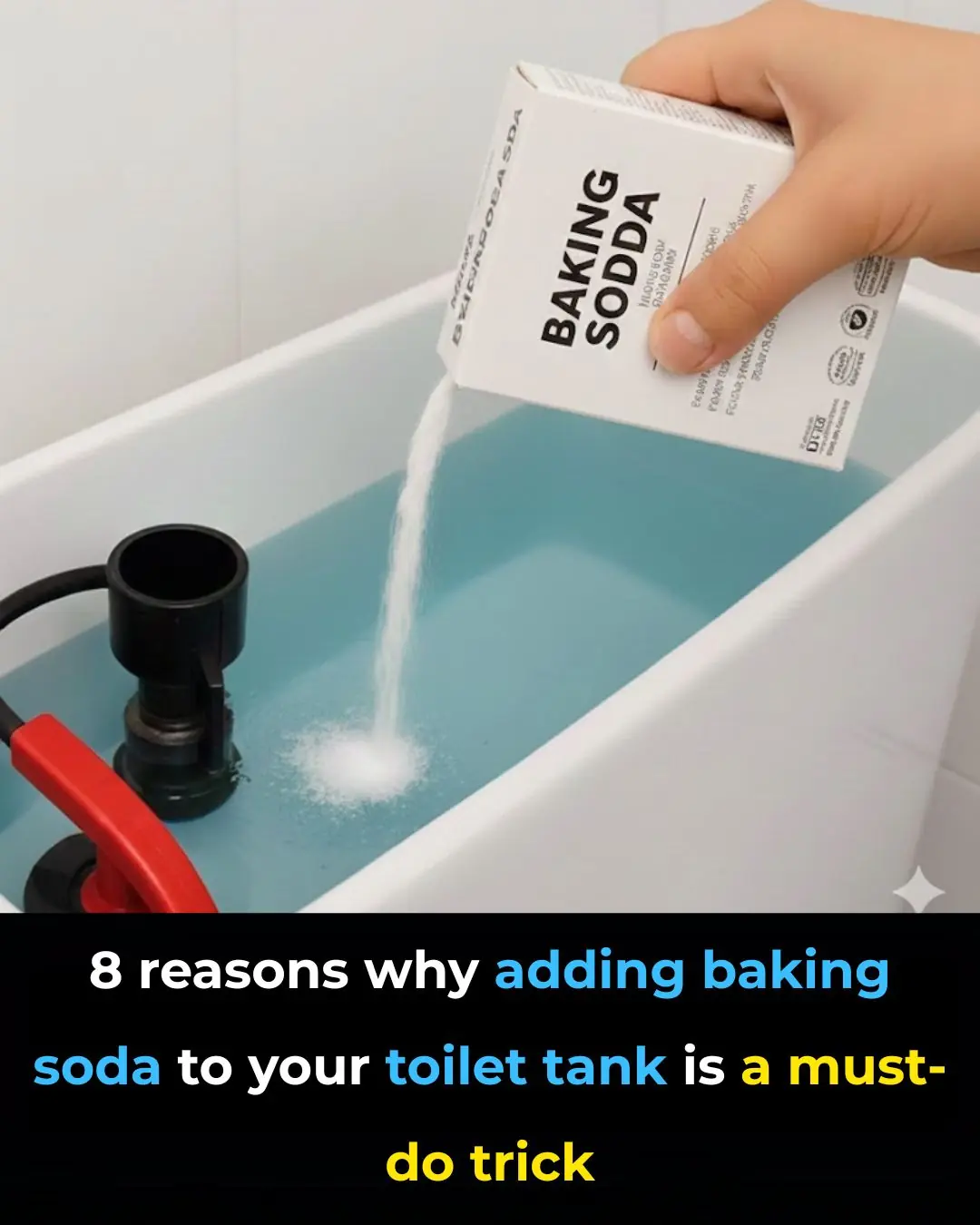
8 Reasons Why Adding Baking Soda to Your Toilet Tank Is a Must-Try Trick

Quick Ways to Stop a Draft Under Your Front Door — While You Wait for the Handyman
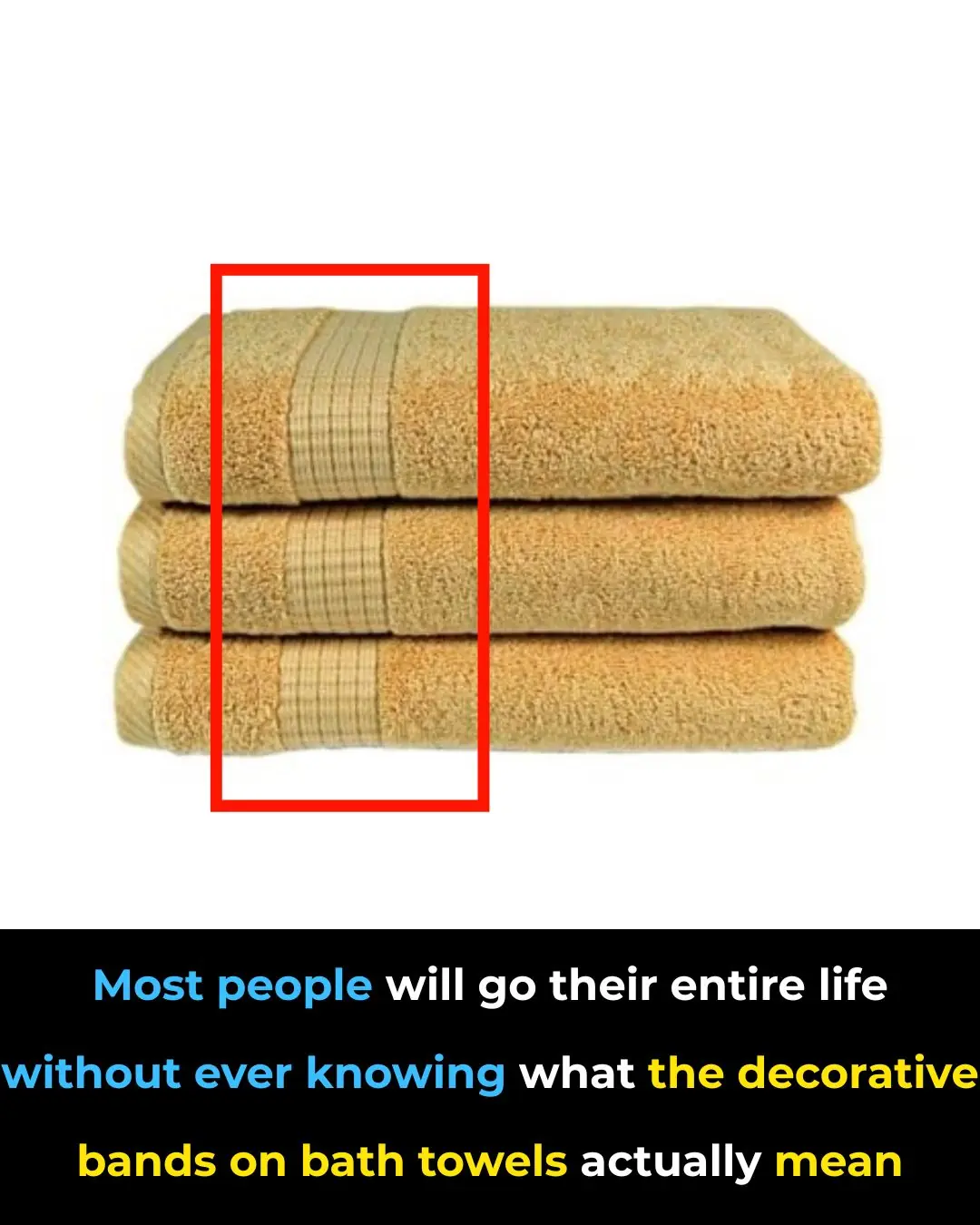
Most People Will Go Their Entire Lives Without Knowing What the Decorative Bands on Bath Towels Really Mean

‘Black Diamond’ Apples Exist — A Rare Variety Only Found in China And Tibet

Norway Declares Nationwide Ban on Deforestation In World-First

Finally! People Are Getting Fined for Loud Speakerphone Calls in Public

Don’t Sleep With Your Pets

The Meaning of Having an Unmade Bed

People Who Should Avoid Eating Kohlrabi (Su Hào), Even If They Really Crave It

Dandelion: A “Superfood” Herb with Real Nutrients — What Science Says

Woman (26) Dies After Eating Hot Pot: 2 Things You Should Never Do Together When Enjoying Hot Pot

If the Body Is Developing Cancer, Three Nighttime Sleep Signs May Appear — But Many People Ignore Them
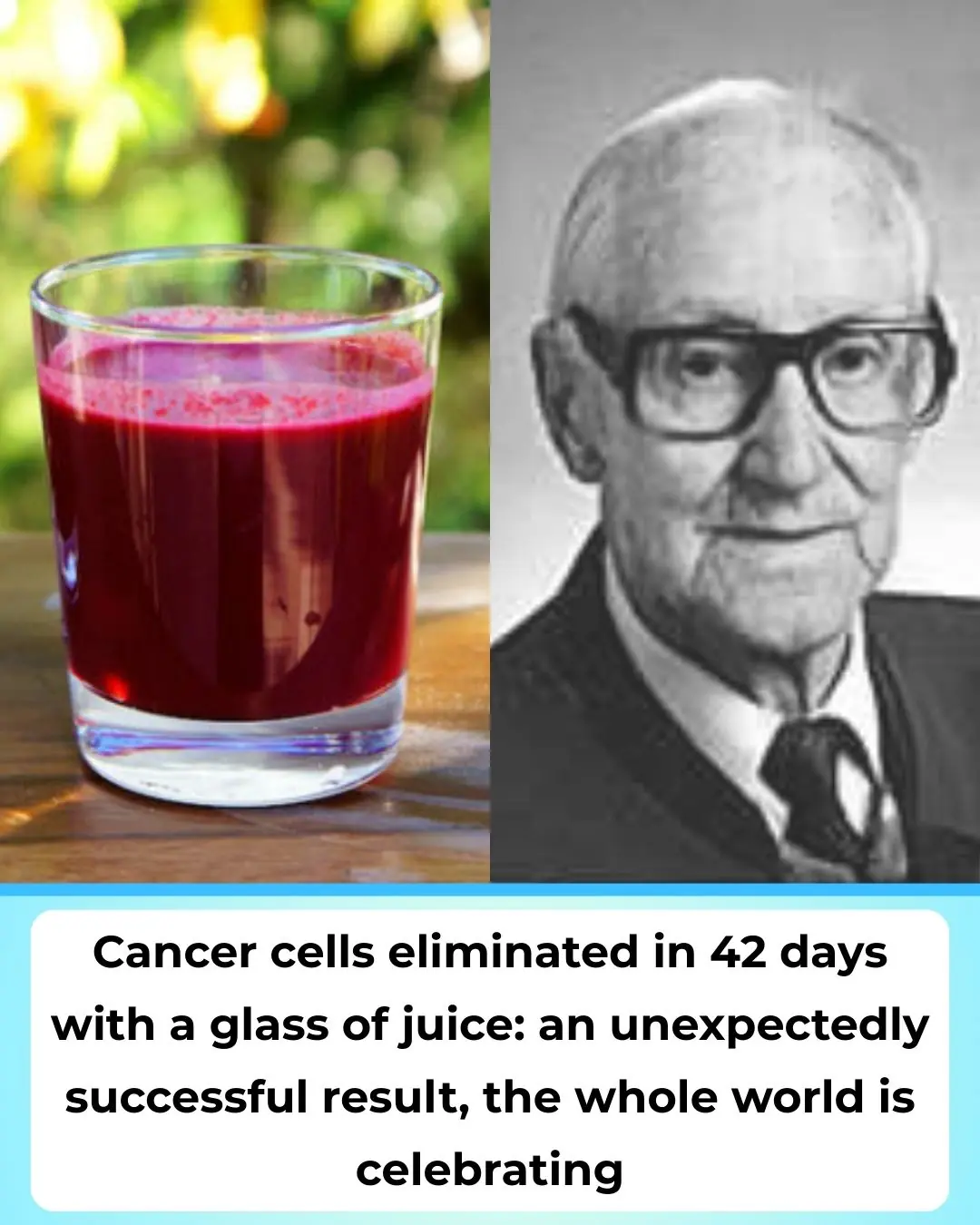
Claim: “Cancer Cells Eliminated in 42 Days with a Special Juice — Worldwide Celebration?”
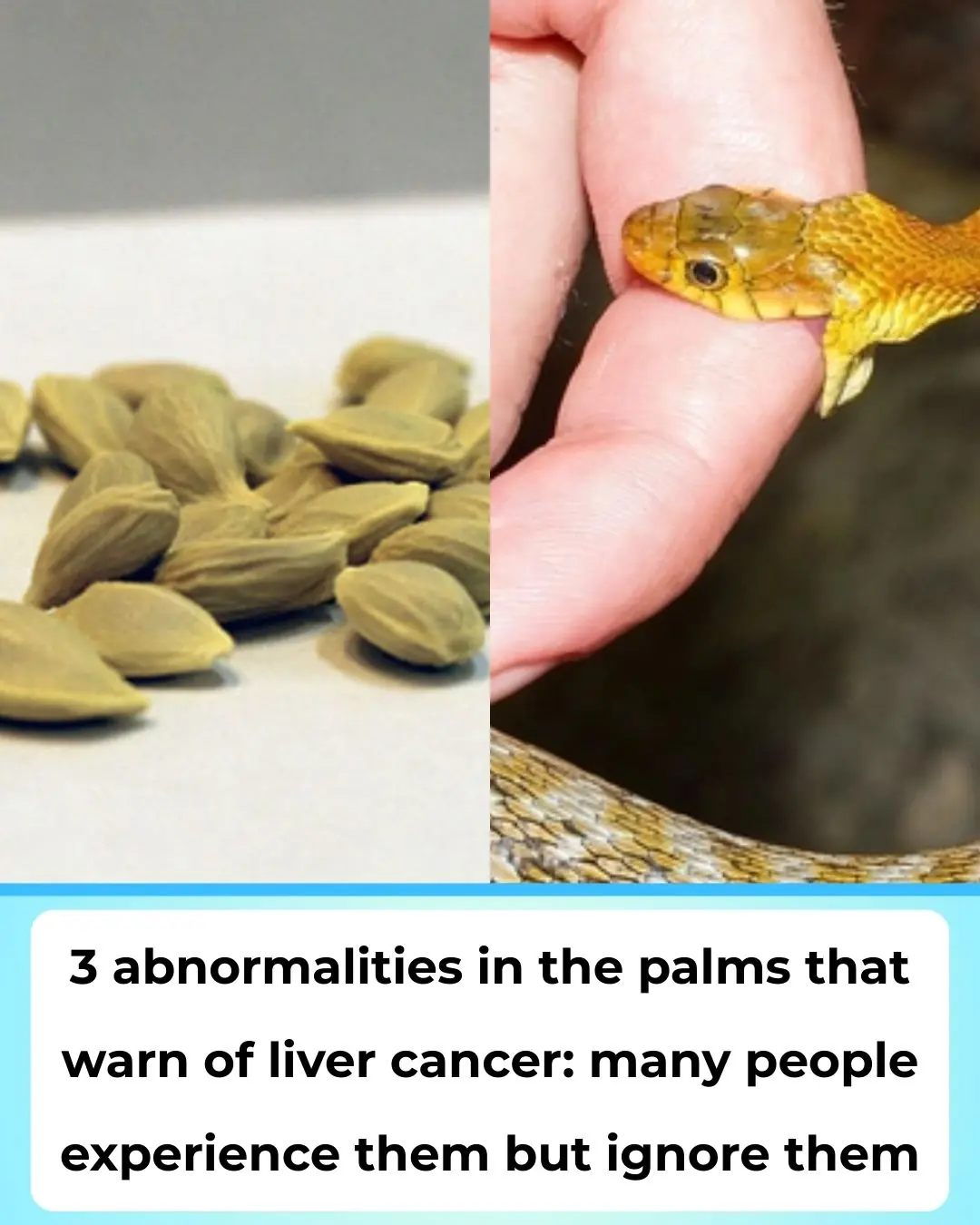
Can Lemon Seeds “Save” Someone from a Snake Bite in 1 Minute? What Science Really Says
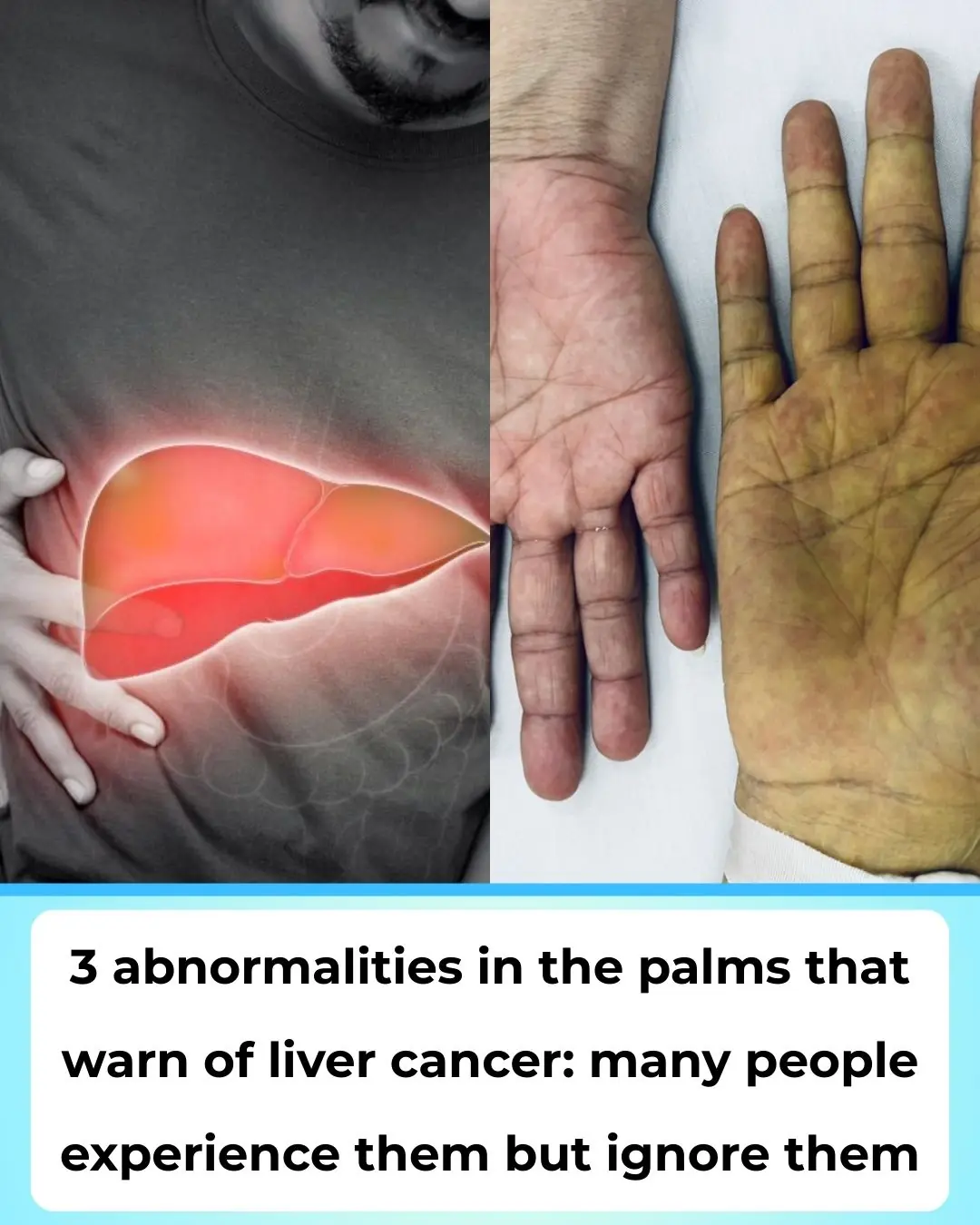
Three Unusual Hand Signs That May Warn of Liver Cancer

Throwing Away Overnight Tea Is a Waste: 4 Surprising Uses Most People Don’t Know About
News Post
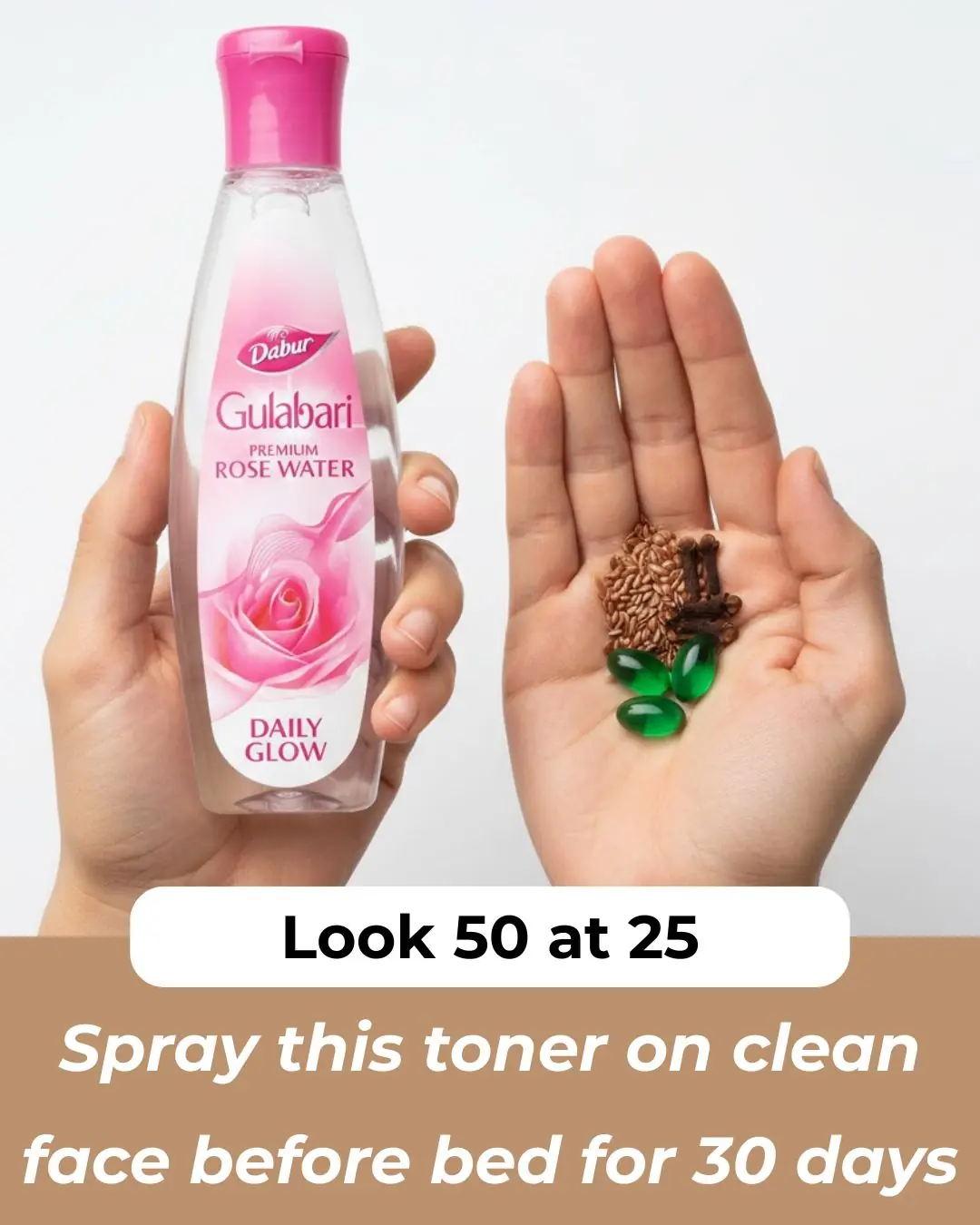
Clove Flaxseed Rose Water Toner: Better Than Botox
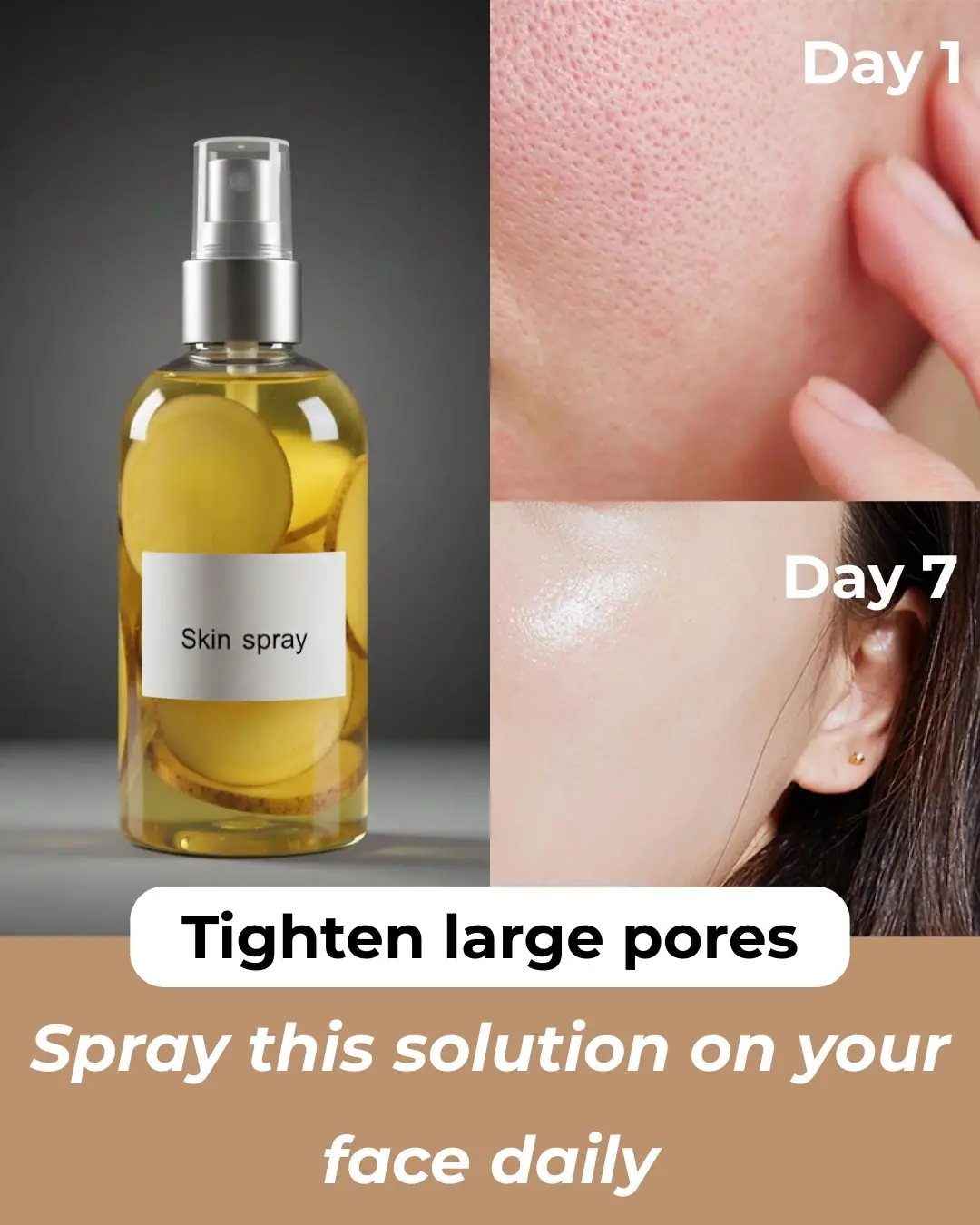
Potato Toner for Face – Dark Spots, Clear Skin & Pigmentation

Boiling chicken often results in red bones: Add this one extra step for delicious chicken, prevent skin from cracking, and eliminate any unpleasant odor.

If your fish has a strong fishy smell, learn this trick to fix it and ensure your dish is delicious and flavorful.
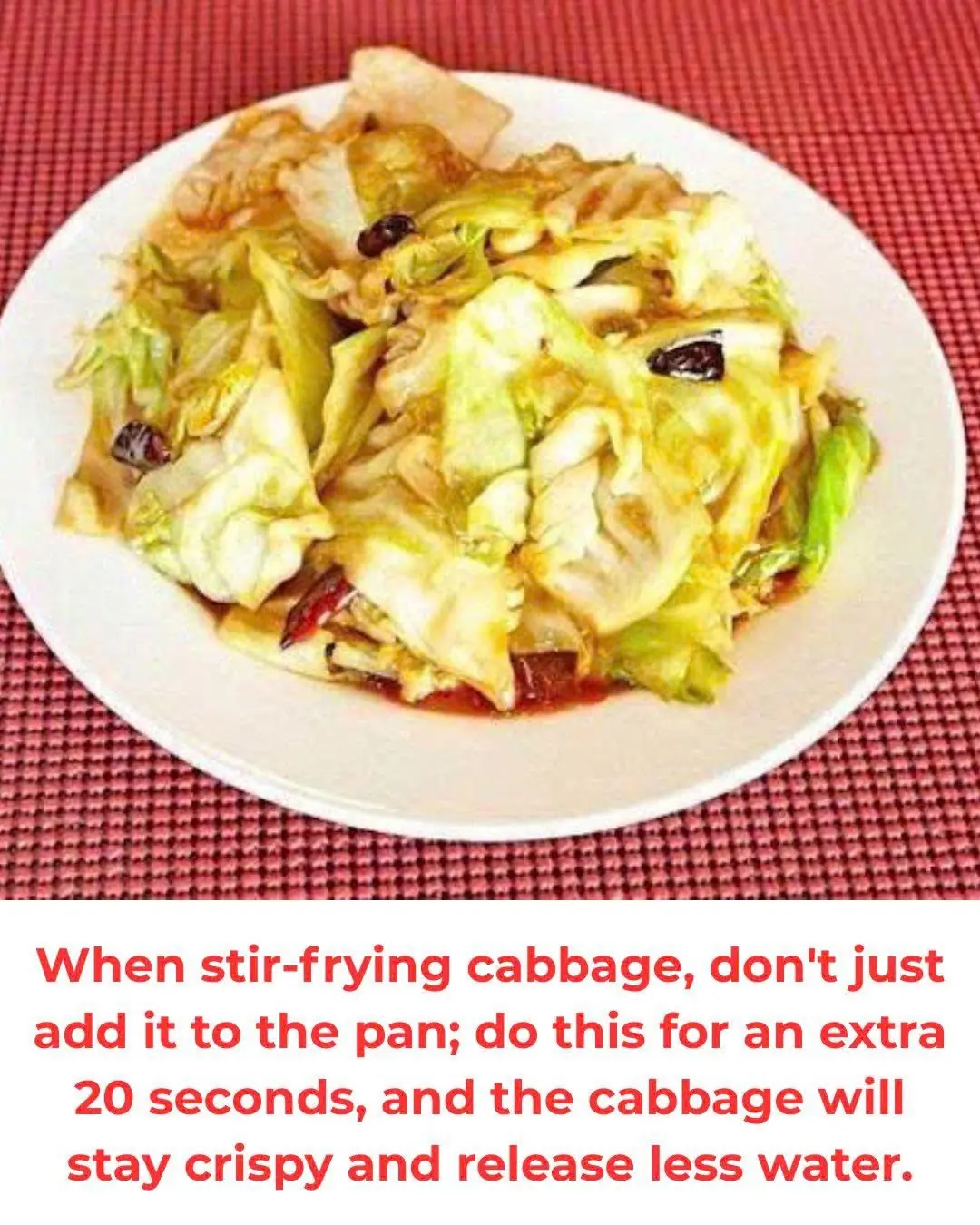
When stir-frying cabbage, don't just add it to the pan; do this for an extra 20 seconds, and the cabbage will stay crispy and release less water.
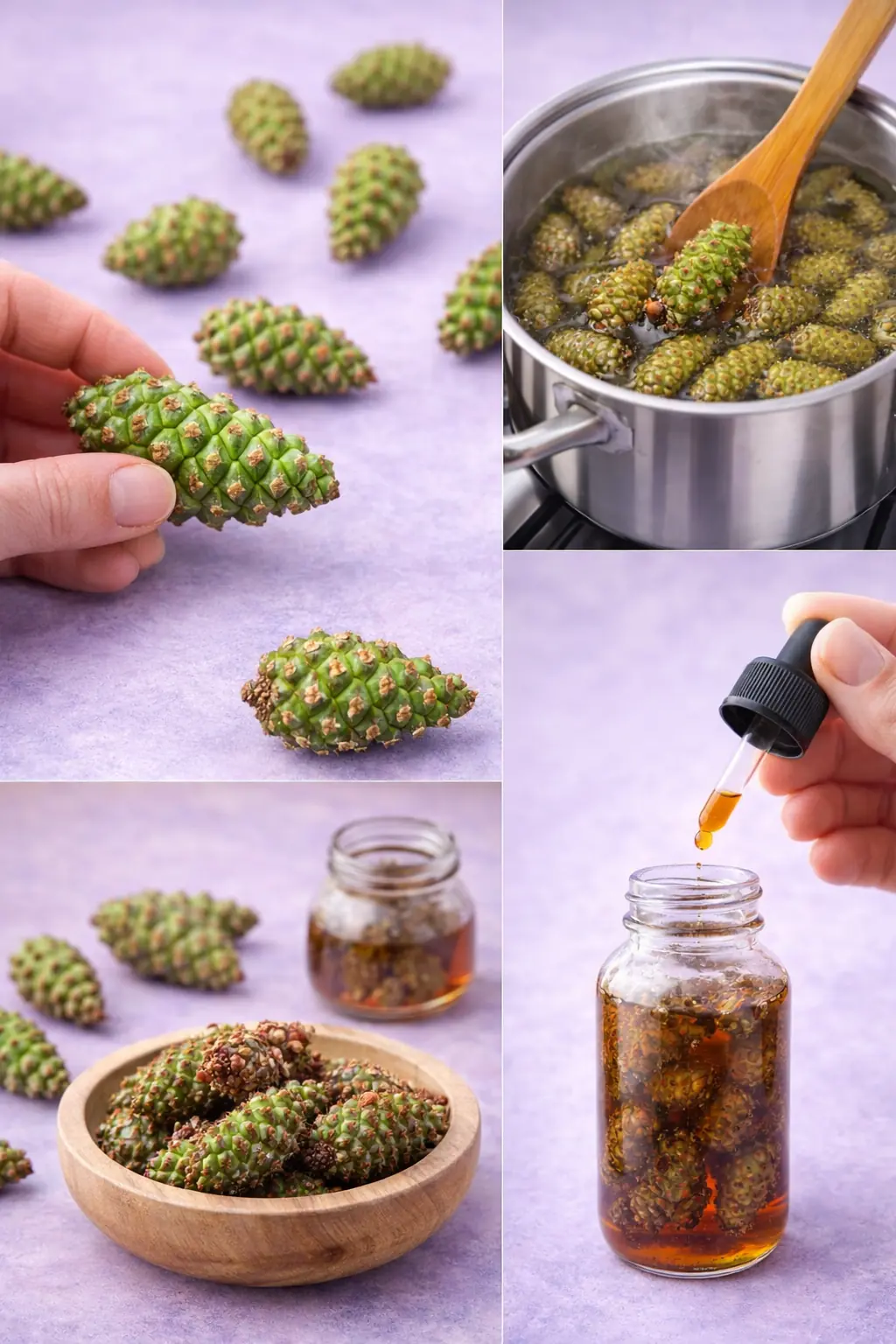
Pine Cone Syrup: A Beginner-Friendly Guide (Benefits, How to Make It, and Everyday Uses)
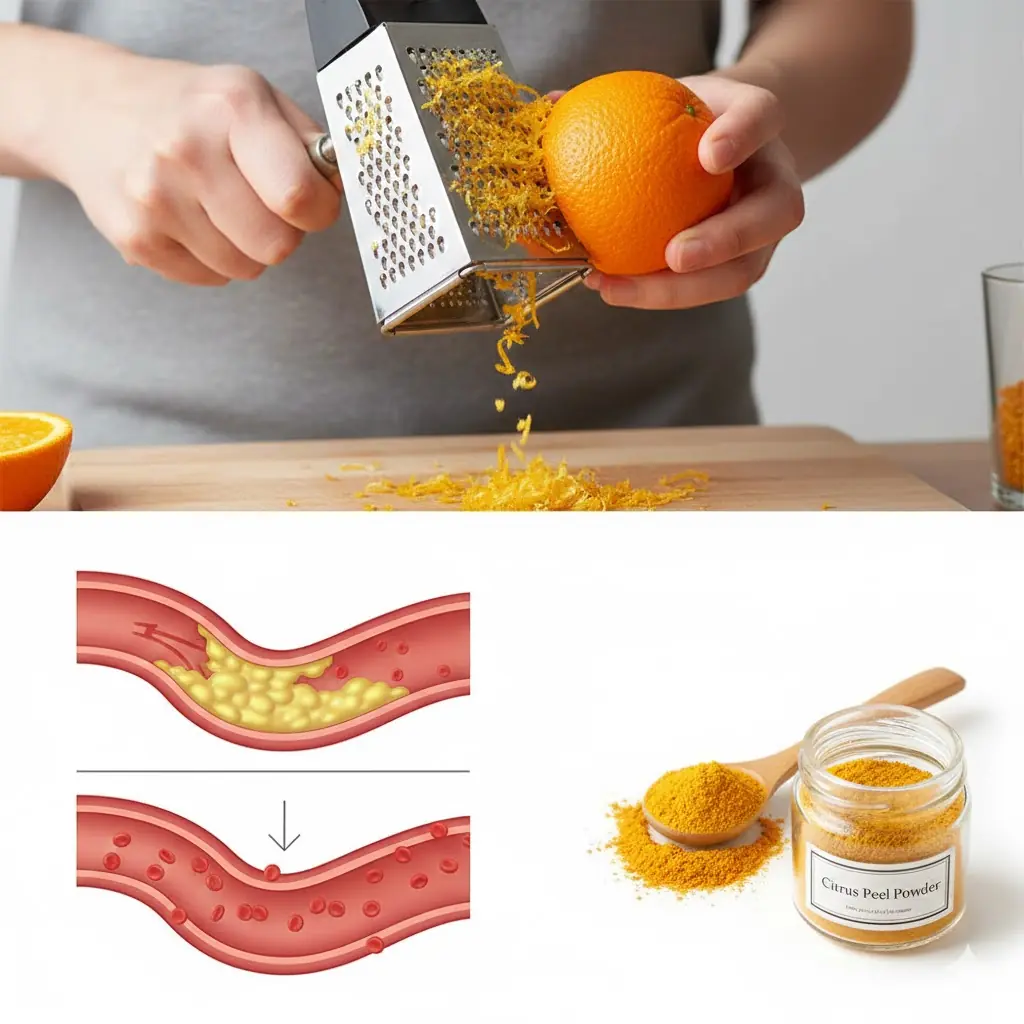
The Versatility and Benefits of Orange Peel Powder
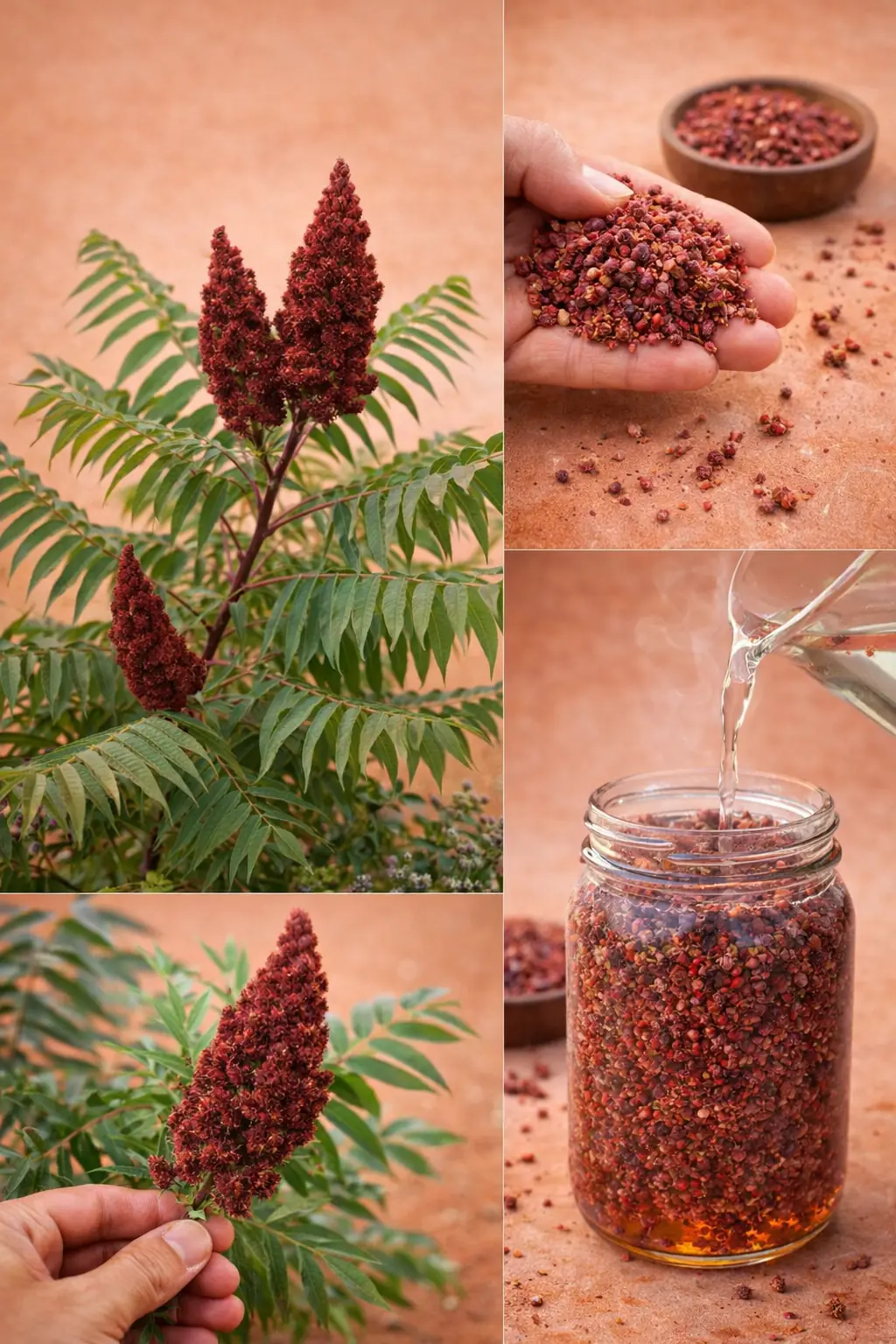
The Amazing Benefits of Sumac and How to Use It
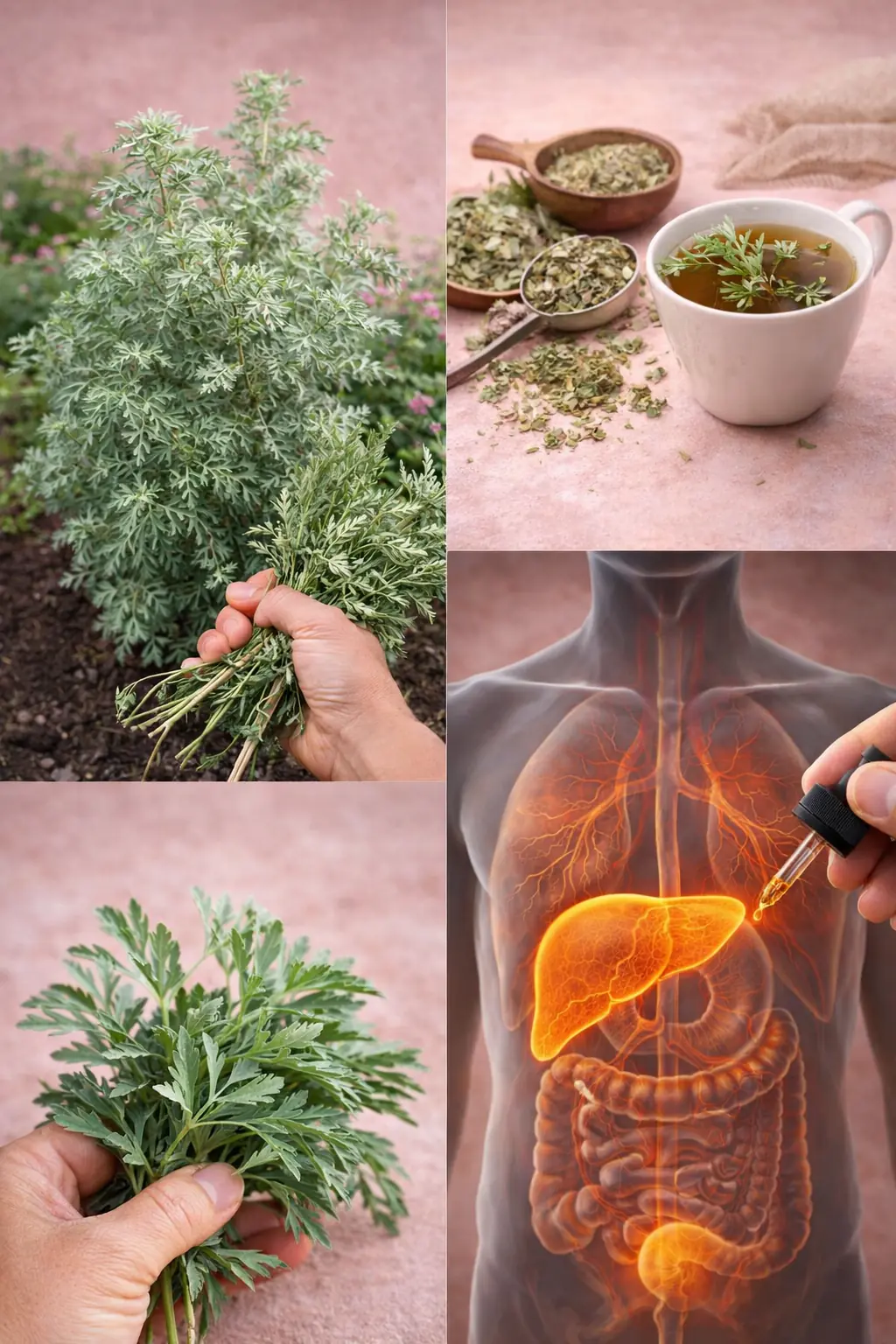
Wormwood: The Ancient Bitter Herb With Surprisingly Modern Benefits
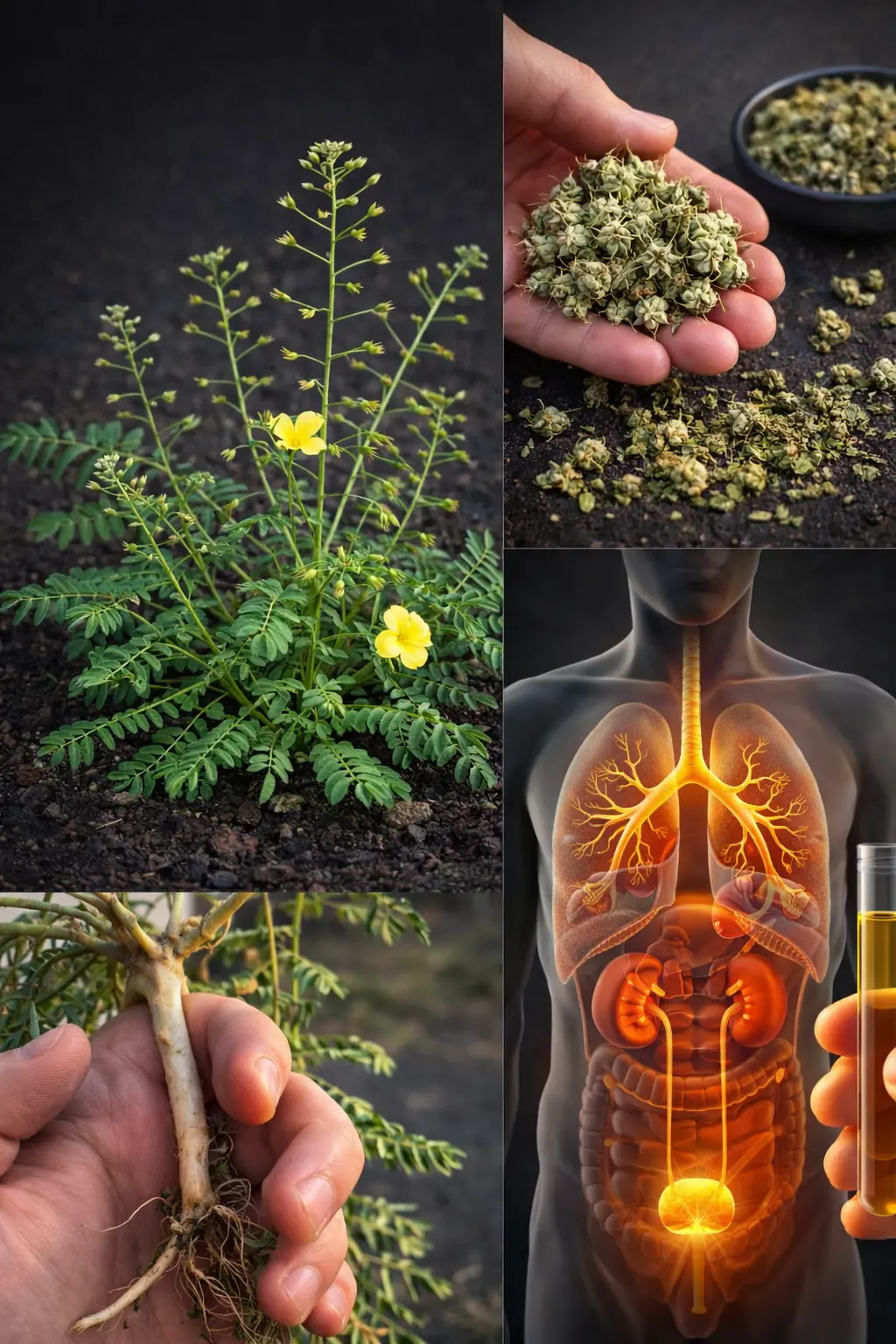
The Traditional Power of Puncture Vine (Tribulus terrestris)
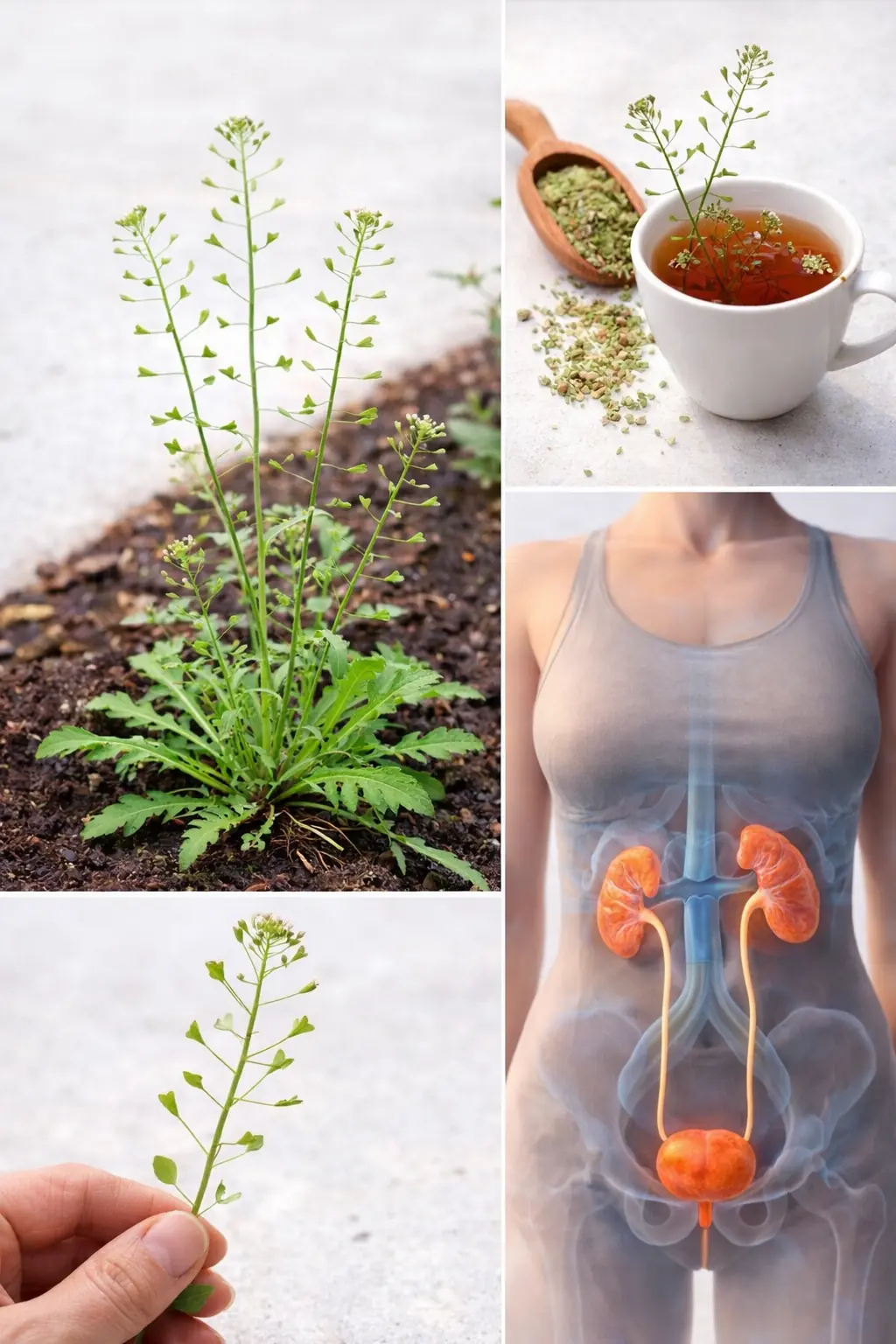
Shepherd’s Purse: The Simple Wild Plant Anyone Can Use for Women’s Health, Digestion, and Urinary Support
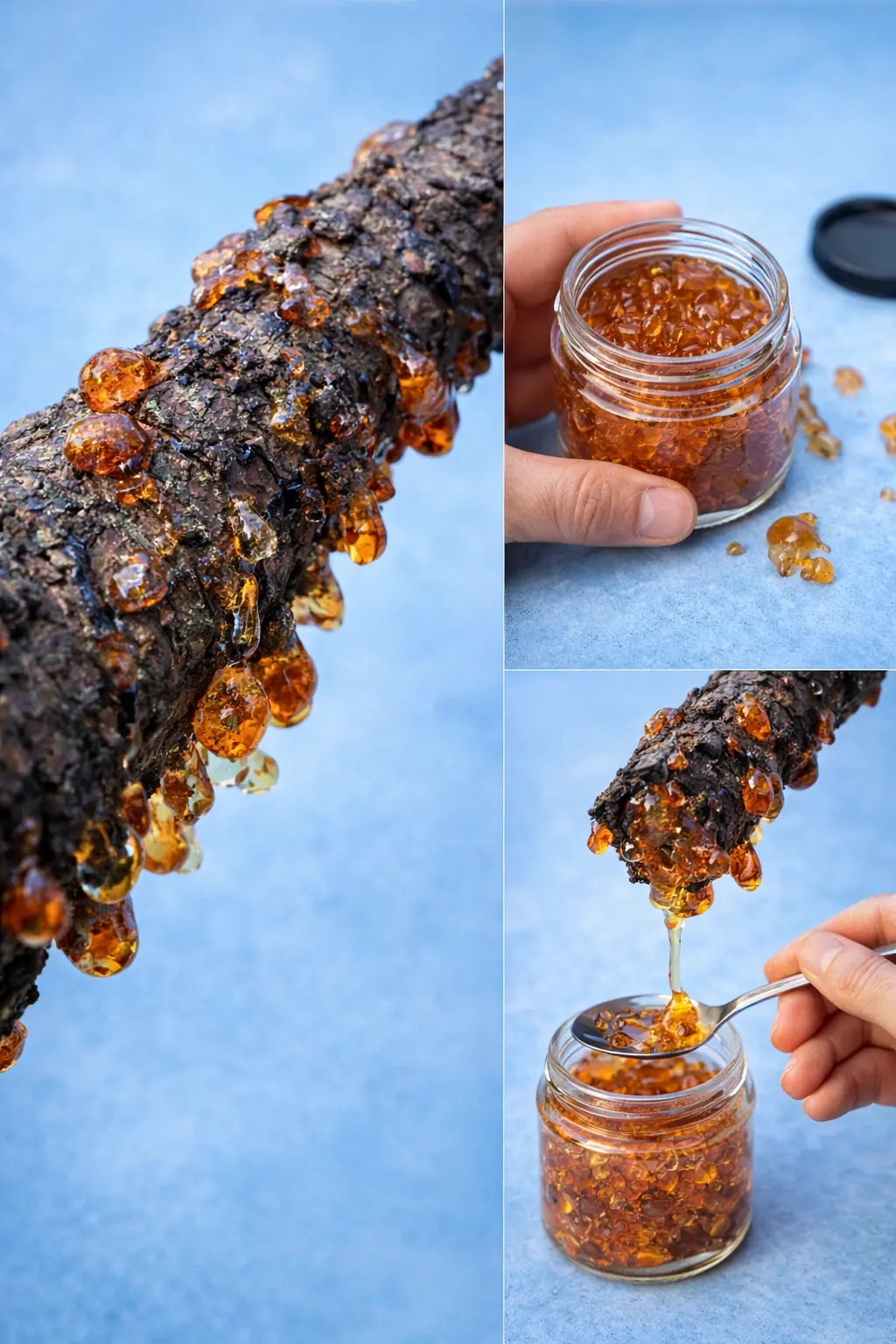
The Power of Peach Tree Resin (Tao Jiao): 15 Surprising Benefits and How to Use It at Home
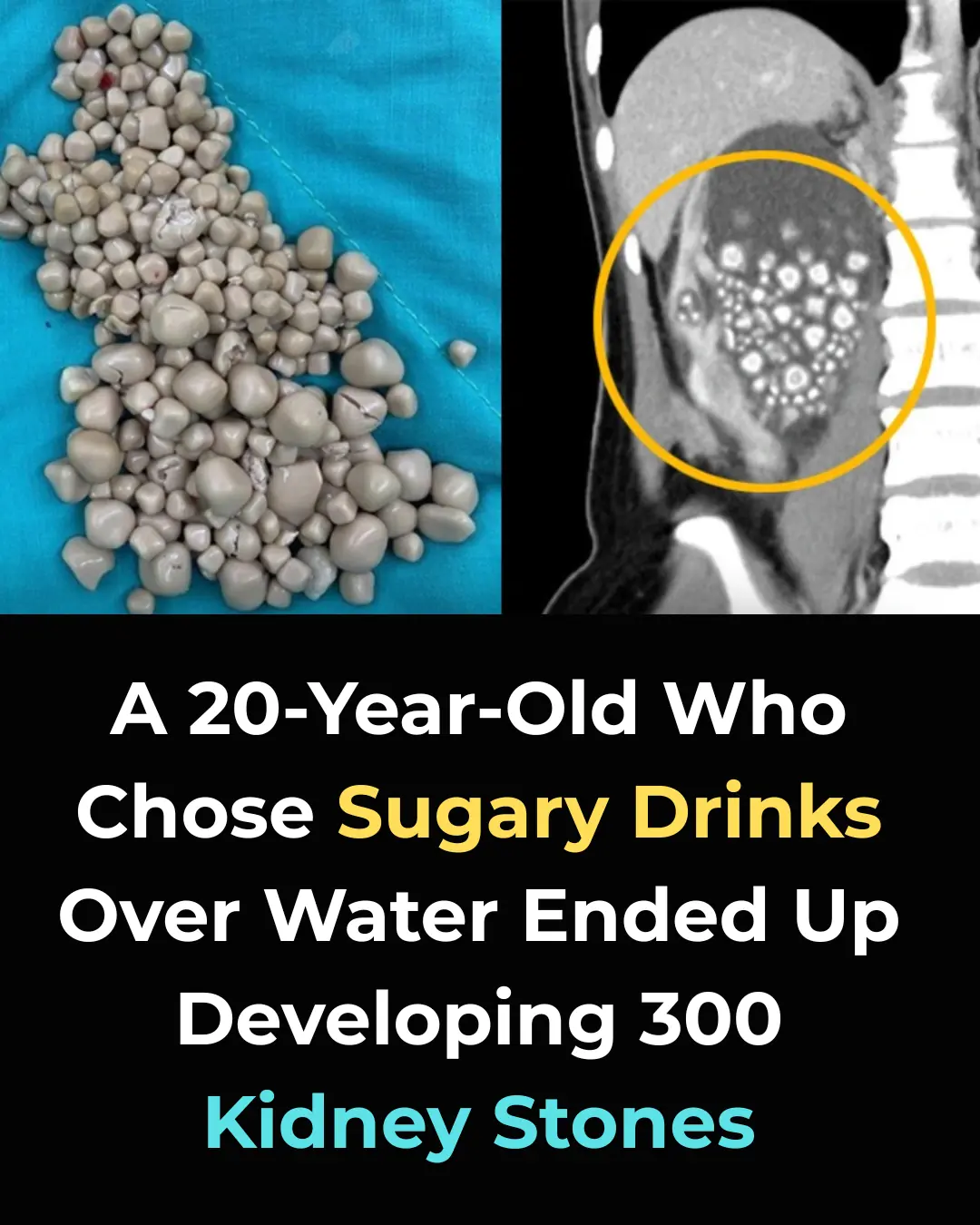
She Drank Bubble Tea Every Day — What Happened to Her Kidneys Will Shock You

Breakthrough in Dentistry: Scientists Are Growing Living Teeth in the Lab—A Future Alternative to Fillings and Implants

Why You Might Be Waking Up With a Dry Mouth

7 signs in your legs that predict how long you’re going to live

World's Smallest Quantum Computer Powered by a Single Photon: A Breakthrough in Quantum Computing

Astronomers Discover Earth-Sized Exoplanet Gliese 12 b in Habitable Zone, Bringing Us Closer to Finding Life Beyond Earth

Nexus: Georgia Tech's Revolutionary Supercomputer Set to Transform Science and Technology
